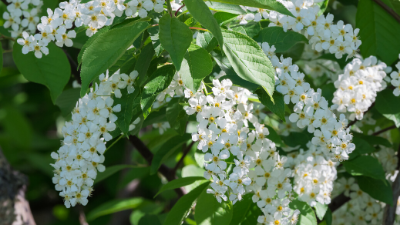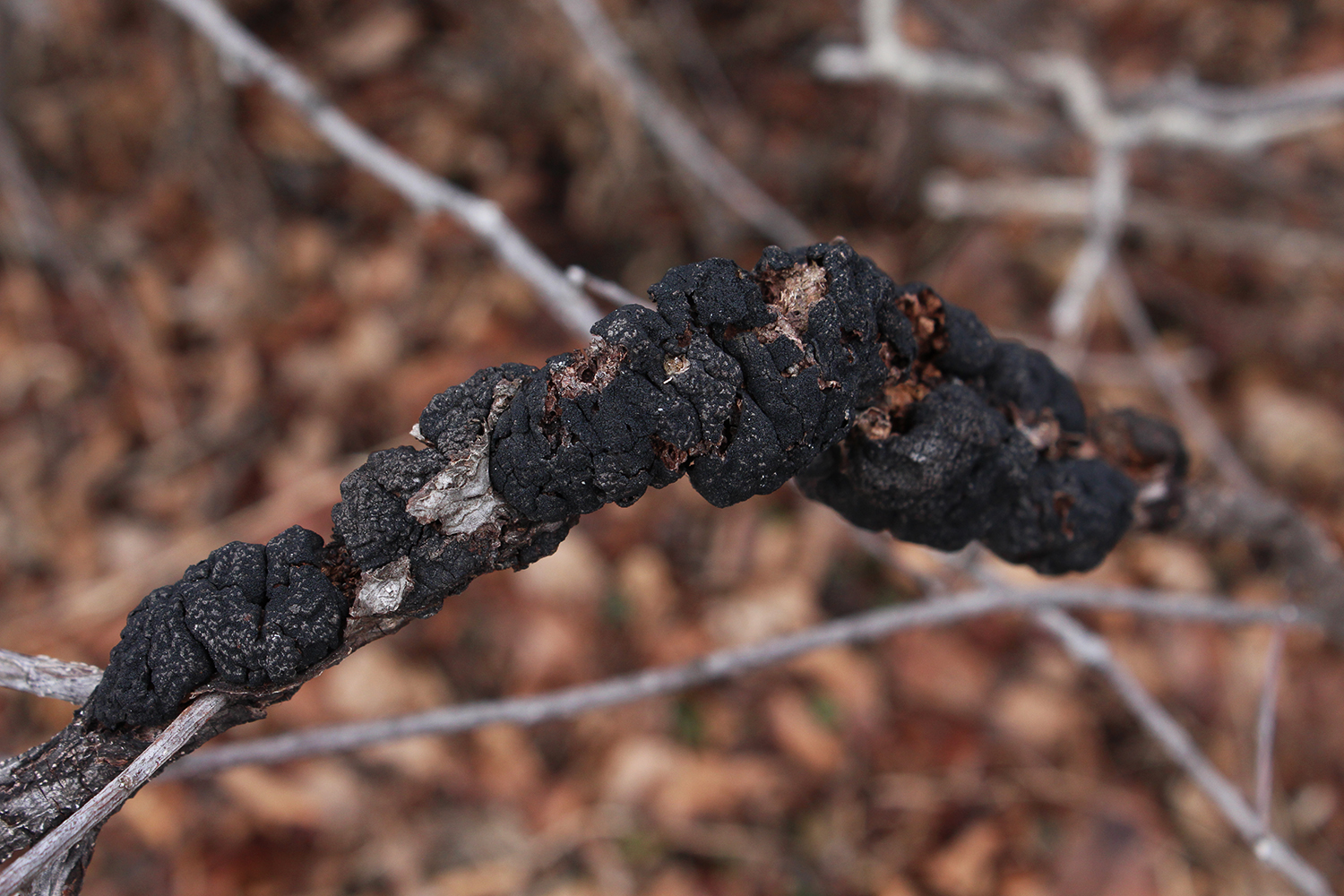canadian chokecherry tree diseases
The Chokecherry is also considered a good utility line tree that has a mature height of approximately 25 tall by 20 wide although on good sites will reach 30 in height. How to Care for a Canadian Red Cherry Tree.

Canada Red Chokecherry Tree Minneopa Orchards
Trees insects and diseases of Canadas forests Trees.
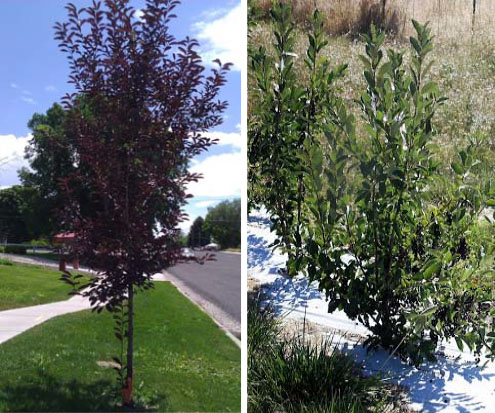
. Images shown are of mature plants. Prunus virginiana Canada Red. This disease is easily controlled with benomyl fungicide but is usually not necessary in North D akota.
Water the newly planted Canadian red cherry immediately to moisten the roots. Canada Red Chokecherry Tree Prunus virginiana Canada Red. This chokecherry cultivar sometimes called purpleleaf chokecherry is a deciduous suckering tree or shrub with a pyramidal habit which grows 20-30 tall.
It has been selected for its straight trunk uniform growth burgundy foliage and abundant redpurple fruits. I have attached three pictures and Im not sure if the damage is related. Diseases of the Canada Red Chokecherry Tree X-Disease.
Choke cherry identification is important for peach and sweet cherry growers. Weed thoroughly and clear grass from the planting area when planting new Canadian cherry tree seedlings. In spring flowers appear that turn to chokecherry fruit.
Use a light sandy potting mix that holds moisture well. Here are a few health benefits of Canada Red Chokecherry trees. The upright balanced structure and form provide an attractive dark silhouette in the winter sky.
Canada Red Chokecherry is the red-leaf variety of the native American chokeberry. Use these to identify if your trees may have the same problem. New foliage is green.
This tough hardy and colorful ornamental chokecherry is perfect for difficult spots tolerating heat cold wind and poor soil. This tree was planted two years ago in our yard West of Livermore - elevation 7000 feet. The arching branches develop an evenly rounded.
One of the most common diseases is the black knot. Can help fight against allergies. Spread a 3-inch-thick layer of organic mulch around the tree 6 inches away from the trunk and spread it up to 12 inches wide.
Keep in mind that a later harvest will mean sweeter berries. What Does Black Knot Do. This is because choke cherry Prunus virginiana L is important in spreading a fatal disease of peach and sweet cherry trees called X-disease.
This trees desirable characteristics include adaptability to various soil types a tolerance of a wide range of temperatures wildlife friendly fruit aromatic blossoms and attractive dark red foliage. Boost immune system health. The berries can be harvested as early as July or August and into the fall.
Look for branches that are rough and swollen. It affects many different tree species going from the plum and apricot to the chokecherry trees. These pictures show the progression of Black Knot disease.
Schubert is best known for its purple foliage. Call 866-982-0431 for Availability and Pricing. Had I known what it was and what to do I could have avoided the worst stage.
Canadian chokecherry tree diseases Friday February 18 2022 Edit. Plant the Root Seedlings. The disease is caused by a phytoplasma which is spread from tree to tree by certain species of leafhoppers.
Insert your finger in the soil to determine whether it is time to water. If youre looking to plant a Canada Red Chokecherry tree in your yard youll need to buy one first. Water the Canadian Chokecherry Tree.
The most notable drawbacks we have seen are suckering at its base when young. Canada Red Chokecherry problems 277524. Chokecherry plants are prolific rhizome spreaders and are often used as a natural wall or barrier.
Common pests and diseases include the prairie tent caterpillar aphids honey fungus black knot and canker fungus. Your best defence is diligence and pruning shears. As a deciduous tree which grows to a height of 20-25 ft but less in spread this cultivar sends out.
Water the tree when the top 2 or 3 inches of the soil feel dry. Prepare the Planting Area. Common among most prunus varieties including ornamental edible and native types.
Ensure the soil and container drains well and place the shrub in full sun or partial shade. 7 Common Cherry Tree Diseases and How to Treat Them 1. I noticed strange damage to one of our Canada Red Chokecherry Trees this summer.
X-disease is a debilitating disease caused by a parasitic organism that thrives in the tree. Once established black knot is easily identified with its hard uneven black galls. Feedback on this page.
Prunus virginiana Canada Red. Elliptic to obovate leaves to 5 long emerge green in spring gradually maturing to dark purple by early summer. This was taken last spring when the damage was not so obvious.
Prune healthy inner branches to improve airflow through the tree and lessen the likelihood of spores settling on branches. Fruit Trees Bushes. The primary strategy is to keep trees dryer says Tavenier.
Some observed pests include aphids and gummosis which is usually caused by the Cytospora canker fungus. Growing Chokecherries in Containers. Rich in antioxidants and other cancer-fighting compounds.
Black Knot Disease Black Cherry Tree Chokecherry Tree Plum Tree. Asked September 11 2015 549 PM EDT. Fertilize the shrub regularly in the growing.
What Trees Bloom In Zone 3 Choosing Flowering Trees For Zone 3 Gardens Ninebark Shrub Flowering Trees Ornamental Trees. Each new flush of bright green leaves turns bright reddish purple providing striking color throughout the growing season. If you spot a knot follow the branch back 15 to 20 centimetres and make a clean cut.
The Kwansan flowering cherry tree is one of the most susceptible cultivars. Insects and diseases that are found most frequently andor that cause the most damage in our Canadian forests. Infected trees reveal slow growth in the spring and six to eight weeks later the berries become a bright orange or red and diseased leaves fall off.
Where To Buy This Cherry Tree. The chokecherry tree is a wild host for a stone fruit disease known as the X-disease. Black knot infections are the most aggressive after the growing seasons cool wet period.
Black knot is a widespread fungal disease that attacks plum and cherry trees both fruiting and ornamental. But cherry is the most common vessel for this disease. The fungus Apiosporina morbosa also identified as Dibotryon morbosum and Plowrightia morbsum singles out trees of the genus prunus which includes peach apricot and chokecherry.
Water the potted chokecherry whenever the top layer of soil is dry.

Sucker Punch Chokecherry Wyoming Plant Company
Tree Profile For The Canada Red Chokecherry Urban Forest Nursery Inc

Canada Red Chokecherry Tree Minneopa Orchards
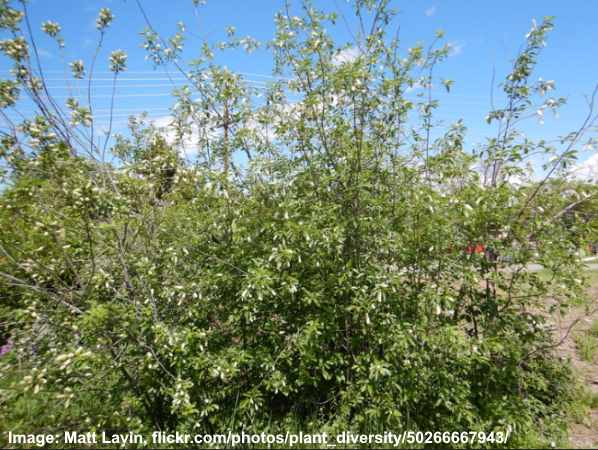
Chokecherry Tree Leaves Fruit Flowers Pictures Identification
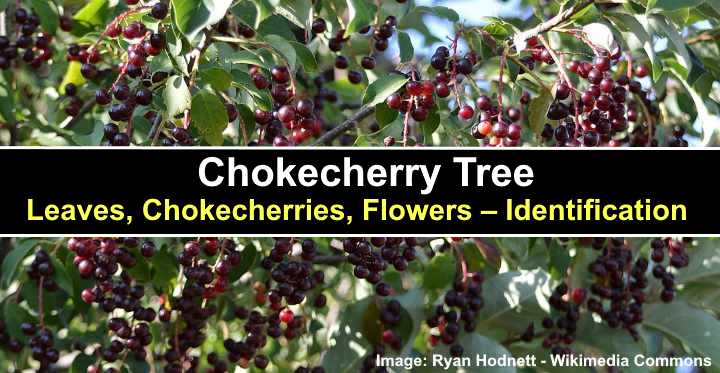
Chokecherry Tree Leaves Fruit Flowers Pictures Identification

Canada Red Chokecherry Prunus Virginiana
Tree Profile For The Canada Red Chokecherry Urban Forest Nursery Inc

Black Knot Fungus Treating Black Knot Disease In Plums And Cherries Planting Fruit Trees Plum Tree Chokecherry Tree

Sucker Punch Chokecherry Wyoming Plant Company

Common Chokecherry Confederation College

